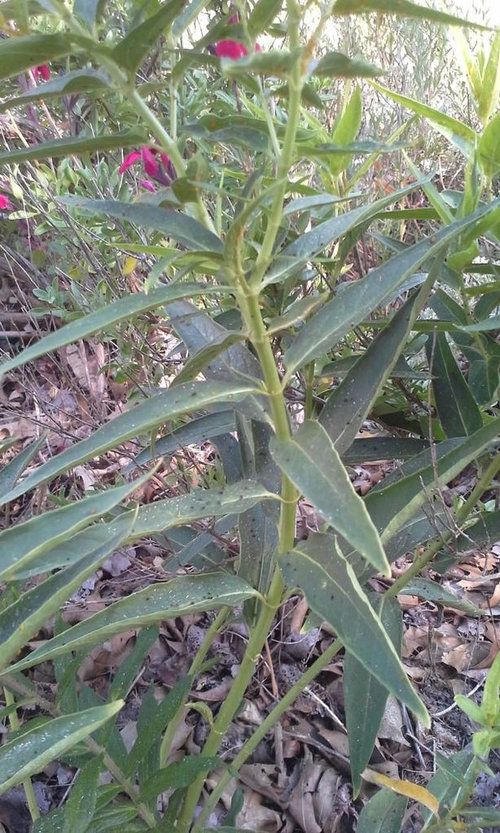ID needed and a milkweed update
Lisa_H OK
9 years ago
Related Stories

GARDENING GUIDESGreat Design Plant: Milkweed
Quit cringing. This not-weed plant is a sight to behold in the garden, has a delicious vanilla scent and is a magnet for butterflies
Full Story
GARDENING GUIDESGreat Design Plant: Butterfly Milkweed, a Beacon in the Prairie
Vivacious orange flowers for you, nectar for the butterflies and bees. Asclepias tuberosa is worth planting for more reasons than one
Full Story
DECORATING GUIDESDesign Dilemma: I Need Lake House Decor Ideas!
How to Update a Lake House With Wood, Views, and Just Enough Accessories
Full Story
KITCHEN DESIGNKitchen of the Week: Elegant Updates for a Serious Cook
High-end appliances and finishes, and a more open layout, give a home chef in California everything she needs
Full Story
CURB APPEALHow to Update a Traditional Exterior With Color
Keep those historic architectural details — a few gallons of paint may be all you need to give a traditional facade a stylish new twist
Full Story
PRODUCT PICKSGuest Picks: Contemporary Lighting for All Kinds of Needs
Task lamps, floor lamps, pendants ... Whether you’re reading in bed or want a glow overhead, there’s a light here for you
Full Story
REMODELING GUIDESGet What You Need From the House You Have
6 ways to rethink your house and get that extra living space you need now
Full Story
MAN SPACESWhy Men Really Do Need a Cave
Don't dismiss cars, bars and the kegerator — a man space of some kind is important for emotional well-being at home
Full StoryMore Discussions










Okiedawn OK Zone 7
Lisa_H OKOriginal Author
Related Professionals
Marina Landscape Architects & Landscape Designers · Piqua Landscape Architects & Landscape Designers · Brownsville Landscape Contractors · Cockeysville Landscape Contractors · Fair Lawn Landscape Contractors · Hoffman Estates Landscape Contractors · Lyndhurst Landscape Contractors · Paterson Landscape Contractors · River Ridge Landscape Contractors · Cape Coral Decks, Patios & Outdoor Enclosures · Carlisle Decks, Patios & Outdoor Enclosures · Hull Decks, Patios & Outdoor Enclosures · Medford Decks, Patios & Outdoor Enclosures · Rosemont Decks, Patios & Outdoor Enclosures · St. Louis Decks, Patios & Outdoor Enclosuresdbarron
Okiedawn OK Zone 7